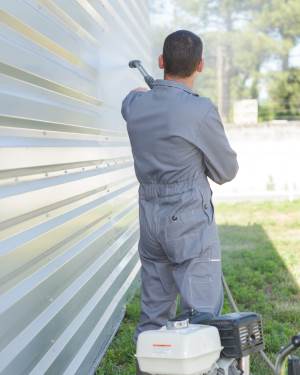
Pressure Washing: The Basic Siding Cleaning Method
Siding cleaning methods are more alike than different. A pressure washer can be used on all types of siding. What differs is the precautions that need to be taken for each material.
Cleaning siding with a pressure washer has three steps:
- Using gentle pressure, the siding is sprayed with a mild detergent and water solution that is given at least 10 minutes to loosen dirt
- Areas of heavy soil such as mold and algae are gently scrubbed with a brush with soft bristles
- The siding is rinsed from the bottom to the top and quickly down again with the pressure washer set to a pressure level appropriate for the material being cleaned
The detergent solution should not be allowed to dry before it is rinsed, so only one side of the home should be wet before rinsing. Since direct sunlight will quickly dry the cleaning solution, the workflow should be arranged to avoid it. When this isn’t possible, a sunny side of the house should be cleaned in sections 15-30 feet wide to prevent drying.
General Tips for Pressure Washing Preparation
As the name implies, significant water pressure is used in the process. Prepare your home for pressure washing with these tips that apply to all types of siding:
- Remove all non-permanent decorations, like Christmas or holiday decorations.
- Inspect and replace loose or missing caulk around windows, doors, vents and other openings at least one week before cleaning to allow the caulk to cure
- If you have wood or cedar siding, make sure you seal all holes and cracks to prevent water leaking into walls.
- Clean then repair loose gutters and downspouts to keep them from coming apart during cleaning and damaging the siding
- Cover outlets with duct tape that don’t have weather covers on them
- Optionally, cover light fixtures with a plastic bag, and tie or tape the bag closed to keep it secure
- If your home’s foundation leaks, have it repaired prior to cleaning
- Close and lock all windows during cleaning to create the tightest seal
Tips for Cleaning Each Siding Type
These siding cleaning tips apply to specific siding materials.
Vinyl and aluminum siding cleaning: Horizontal siding should be pressure washed side to side; vertical siding such as board & batten siding should be washed up and down. For either, the essential precaution is not to force water into the seams of the siding where it can cause mold or warp the home’s sheathing.
Brick, brick veneer, stone and slate: Inspect and replace missing or loose mortar around brick or stone at least a week prior to cleaning to give the mortar time to cure. Also, make sure weep holes aren’t clogged, so that any water that gets behind veneer will be able to drain properly rather than becoming trapped against the home’s sheathing where it will cause mold and warping.
All wood siding: Check and repair wood siding, shingles and shakes for missing or damaged material, and replace it before the siding is cleaned. Replace cracked sections or repair the crack with quality wood filler and allow it to dry. Never use a brush with stiff or wire bristles on wood. If you have any concerns, use the minimum pressure, typically 1,200 to 1,500 PSI, needed to remove the detergent solution or rinse with a garden hose. If you have reason to believe your wood siding is fragile, do not pressure wash it. Instead, use a soft brush to wash it with a mild soap solution, and rinse it with the garden hose with the sprayer you use to water the garden or wash your car.
Painted wood siding: The US outlawed lead paint in 1978. If you suspect that your wood siding predates 1978, it might have layers of lead paint below the surface. Use minimal pressure to remove only the loose, top layer of paint. If several layers of paint are flaking off, contact professionals for advice and cleaning.
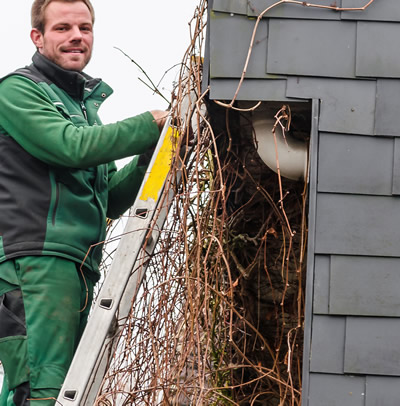
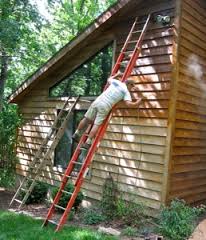
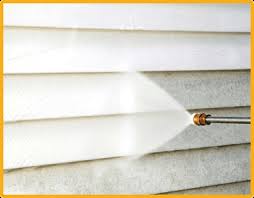
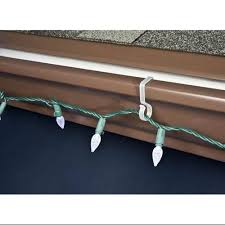
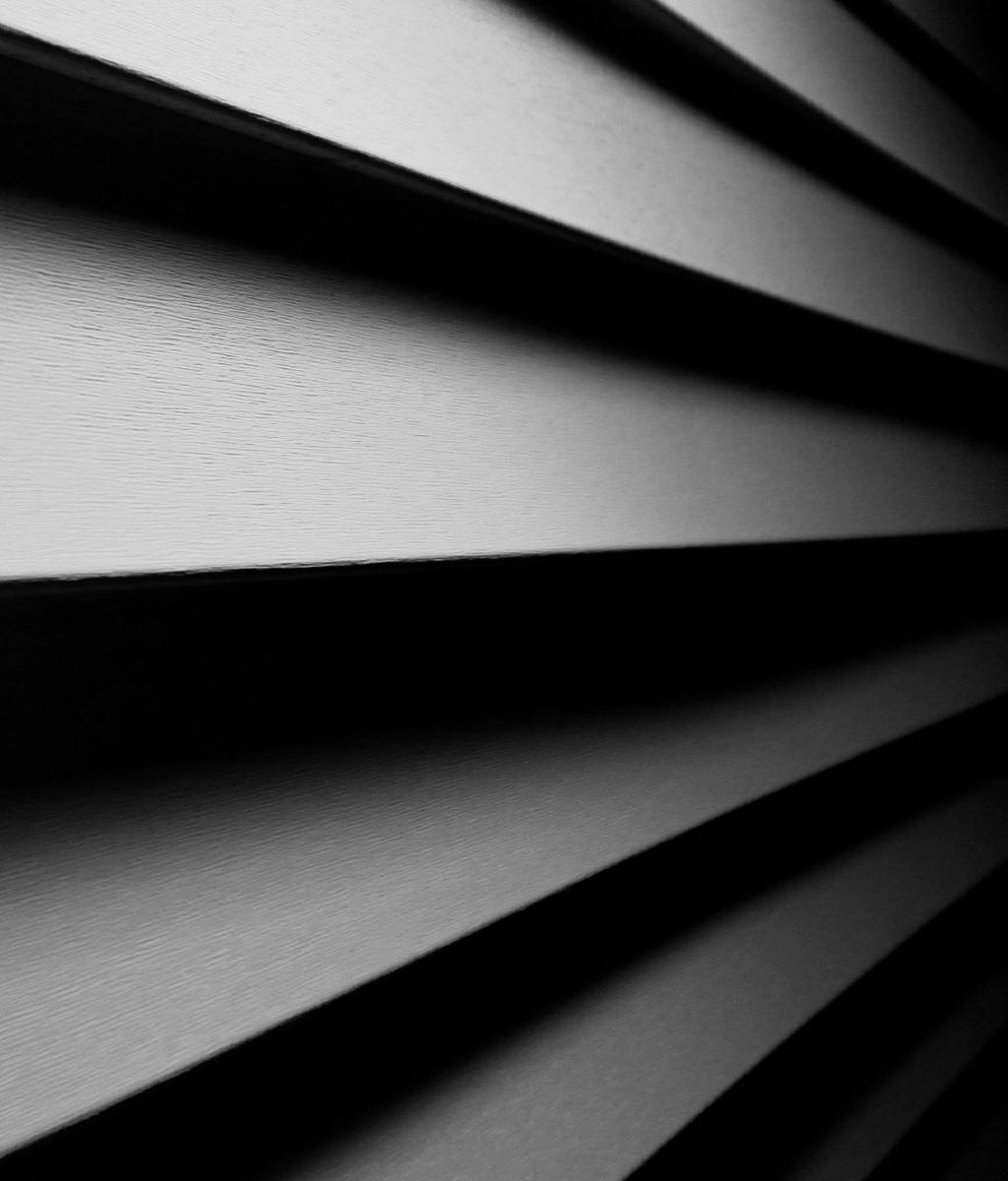


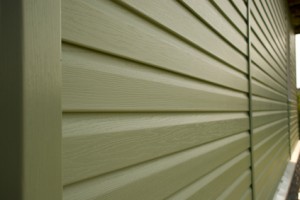

 When your home needs new siding, you’ve got to find a way to pay for it. Here are the 5 most common ways that homeowners choose to pay for
When your home needs new siding, you’ve got to find a way to pay for it. Here are the 5 most common ways that homeowners choose to pay for